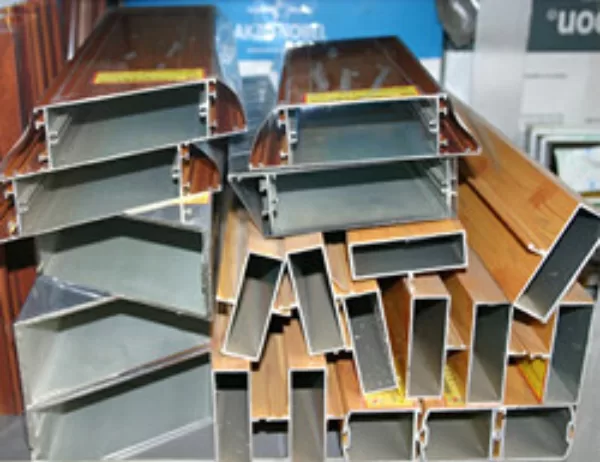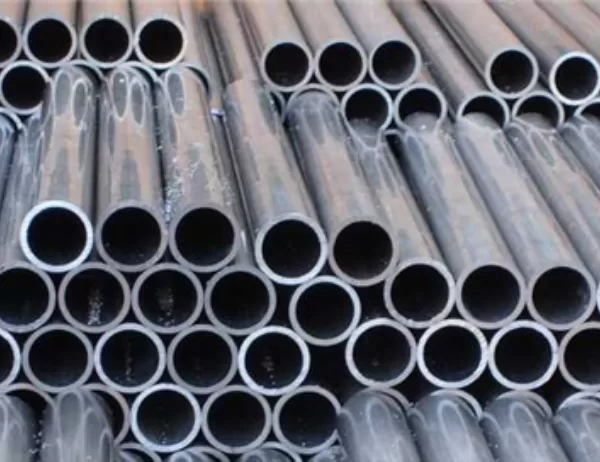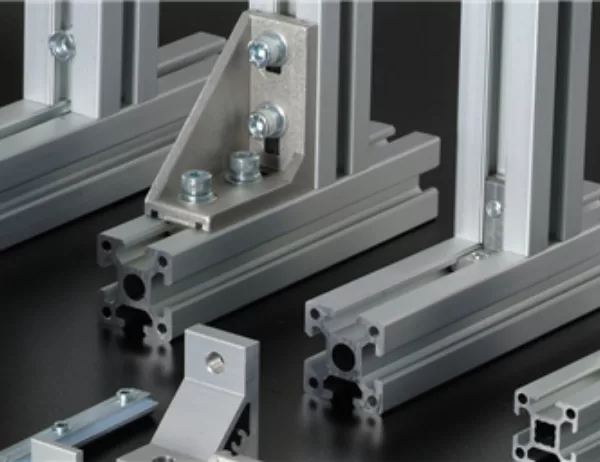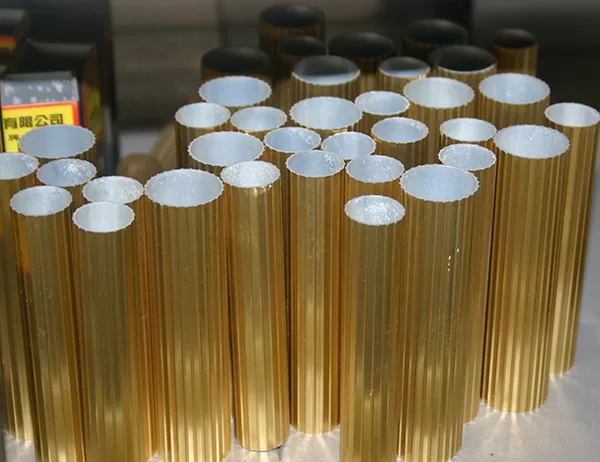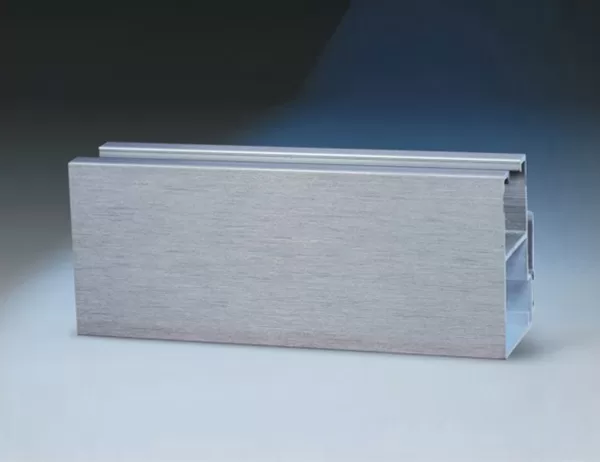The Ultimate Guide to Aluminum Alloy Pipes: Types and Applications
“Ultimate Guide to Aluminum Alloy Pipes: Types and Applications” is an in-depth resource that provides comprehensive insights into the world of aluminum alloy pipes. This guide offers a thorough understanding of pipe alloy types, and their diverse applications across industries.
Aluminum alloy pipes are classified into various series based on their composition. Each series possesses unique properties, making them suitable for specific applications:
1000 Series: These pipes are pure aluminum, offering excellent corrosion resistance and electrical conductivity.
2000 Series: Alloys in this series contain copper, providing increased strength and machinability.
3000 Series: These alloys incorporate manganese, enhancing strength and workability.
4000 Series: Pipes in this series contain silicon, resulting in improved weldability and strength.
5000 Series: Alloys with magnesium provide increased strength and resistance to corrosion.
6000 Series: These pipes contain magnesium and silicon, offering a combination of strength, weldability, and corrosion resistance.
7000 Series: Pipes in this series have the highest strength among aluminum alloys, but with reduced corrosion resistance.
Aluminum alloy pipes have a wide range of applications, owing to their versatility and exceptional properties:
Aerospace
Aircraft frames and components
Fuel lines and hydraulic systems
Automotive
Engine blocks and transmission cases
Fuel injection systems and intake manifolds
Construction
Building facades and curtain walls
Scaffolding and handrails
Electrical
Conduits and bus bars
Transformers and capacitors
Food and Beverage
Tanks and pipelines for processing and storage
Beverage cans and packaging
Marine
Boat hulls and superstructures
Masts and fittings
Medical
Surgical instruments and equipment
Prosthetic limbs and implants
Aluminum alloy pipes offer several advantages that make them ideal for various applications:
Lightweight: Aluminum is a lightweight material, reducing the overall weight of structures and components.
Strength: Aluminum alloys provide excellent strength-to-weight ratios, making them suitable for demanding applications.
Corrosion Resistance: Aluminum forms a protective oxide layer that enhances resistance to corrosion.
Weldability: Most aluminum alloy pipes can be easily welded, allowing for versatile fabrication.
Machinability: Aluminum alloys are generally machinable, enabling efficient and precise manufacturing processes.
“Ultimate Guide to Aluminum Alloy Pipes: Types and Applications” provides a comprehensive overview of the world of aluminum alloy pipes. It explores various pipe alloy series, their properties, and their extensive applications across industries. The guide offers valuable insights that can inform design decisions, material selection, and fabrication processes. By understanding the types and applications of aluminum alloy pipes, professionals can optimize their projects for performance, durability, and efficiency.
